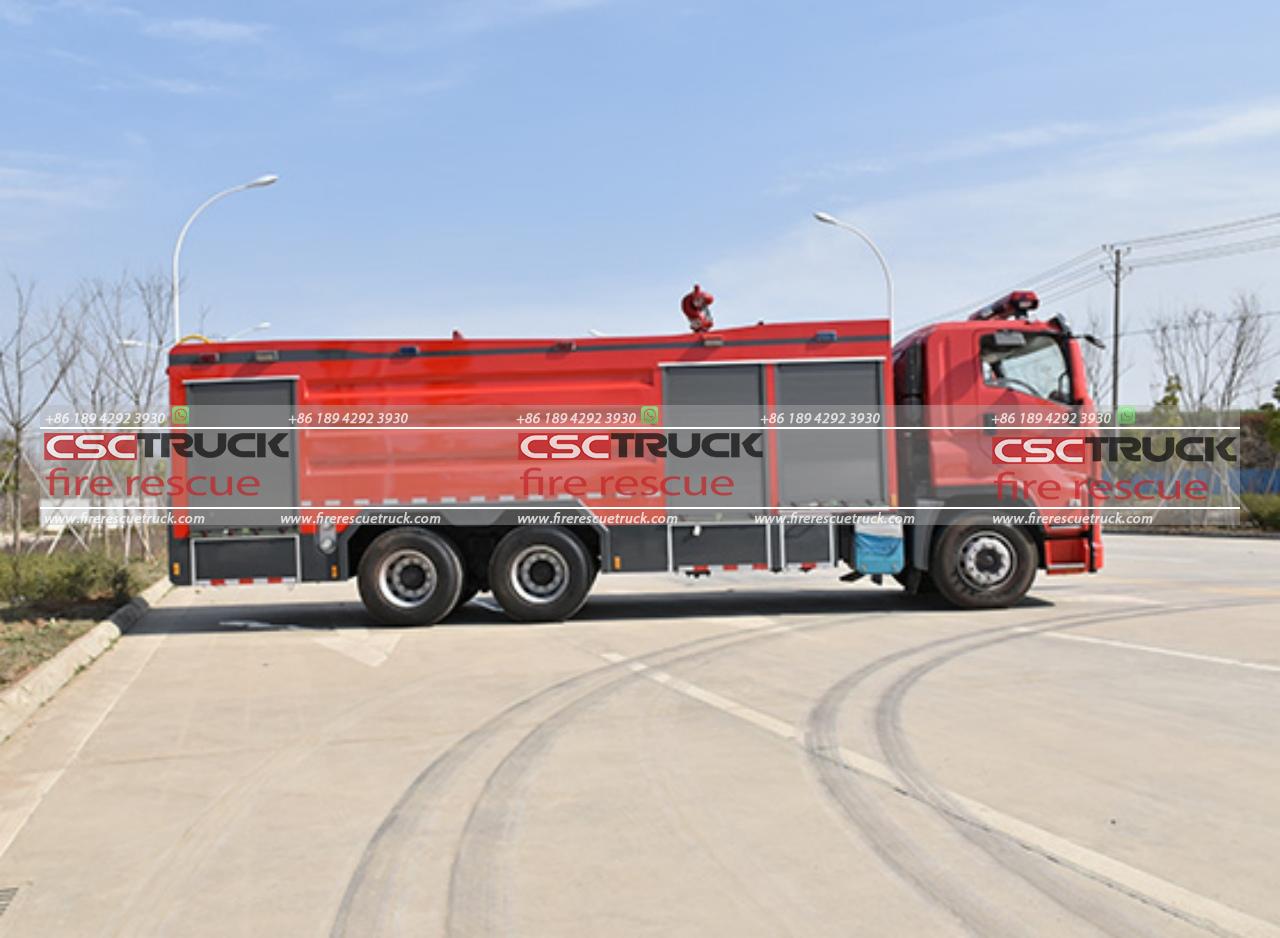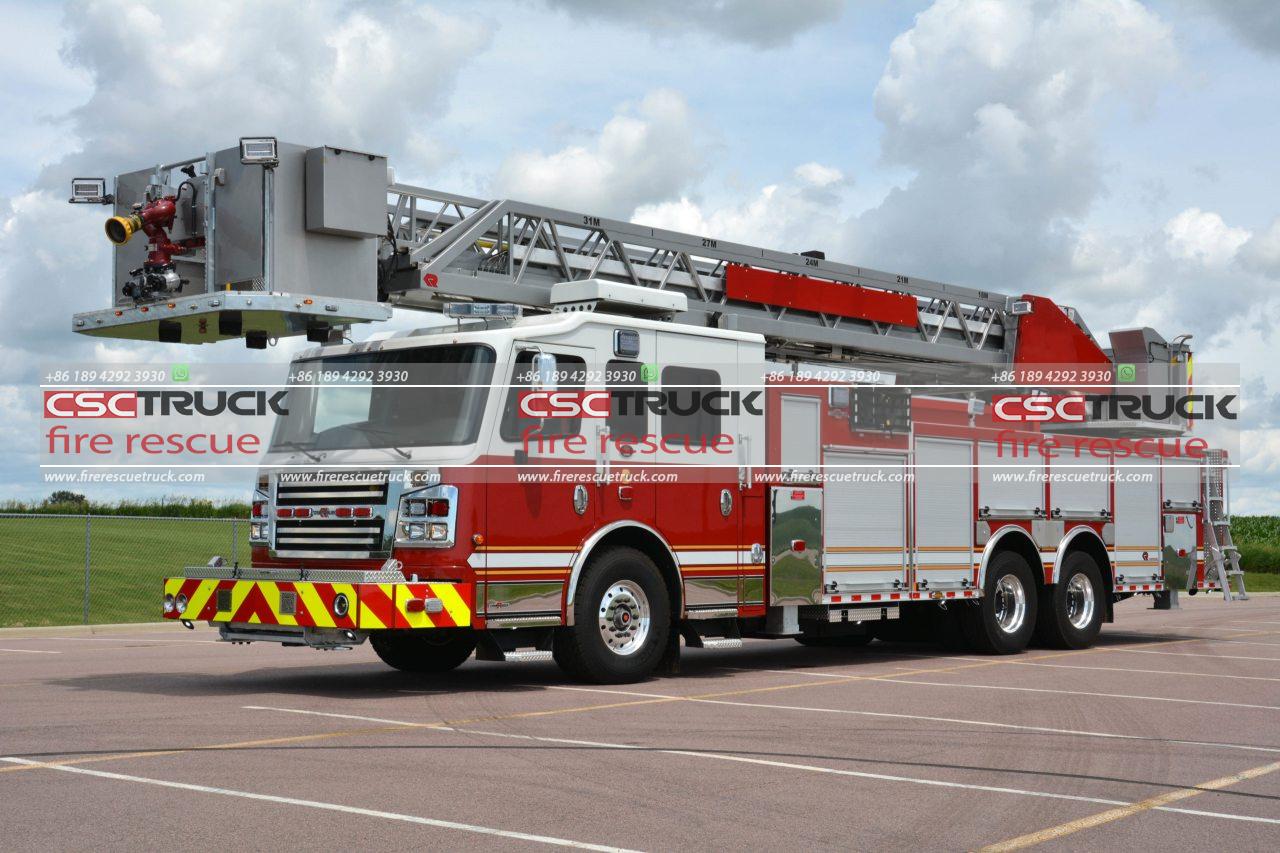Dry Powder Fire Truck Now Operational in Saudi Arabia for Industrial Safety
In a significant advancement for industrial safety, a state-of-the-art dry powder fire truck has officially entered service in Saudi Arabia. This deployment marks a vital step in enhancing the country’s emergency response capabilities, particularly in industrial zones where the risk of fires is heightened.
The dry powder fire truck, equipped with advanced firefighting technology, is designed to combat fires caused by flammable liquids and gases, which are common in industrial settings. Unlike traditional water-based firefighting methods, dry powder is effective in smothering fires by cutting off the oxygen supply, making it particularly useful in scenarios involving hazardous materials.
Saudi Arabia‘s industrial landscape has been rapidly expanding, driven by the government’s Vision 2030 initiative, which aims to diversify the economy and reduce reliance on oil. However, this growth brings increased risks, necessitating robust fire safety measures. The introduction of this specialized fire truck is a proactive approach to ensuring that industrial facilities can respond swiftly and effectively to fire emergencies.

Officials from the Saudi Civil Defense highlighted the truck’s features, including its ability to cover large areas quickly and its compatibility with various types of dry powder extinguishing agents. Training sessions for fire department personnel are also underway to ensure optimal utilization of the new equipment.
This initiative not only underscores Saudi Arabia’s commitment to improving workplace safety but also aligns with international standards for industrial fire management. As the dry powder fire truck goes into operation, it is expected to significantly reduce response times during fire incidents, thereby safeguarding lives and minimizing property damage in the nation’s industrial sector.
With this strategic investment, Saudi Arabia is setting a benchmark for industrial safety in the region, reinforcing its commitment to protecting both its workforce and infrastructure.







